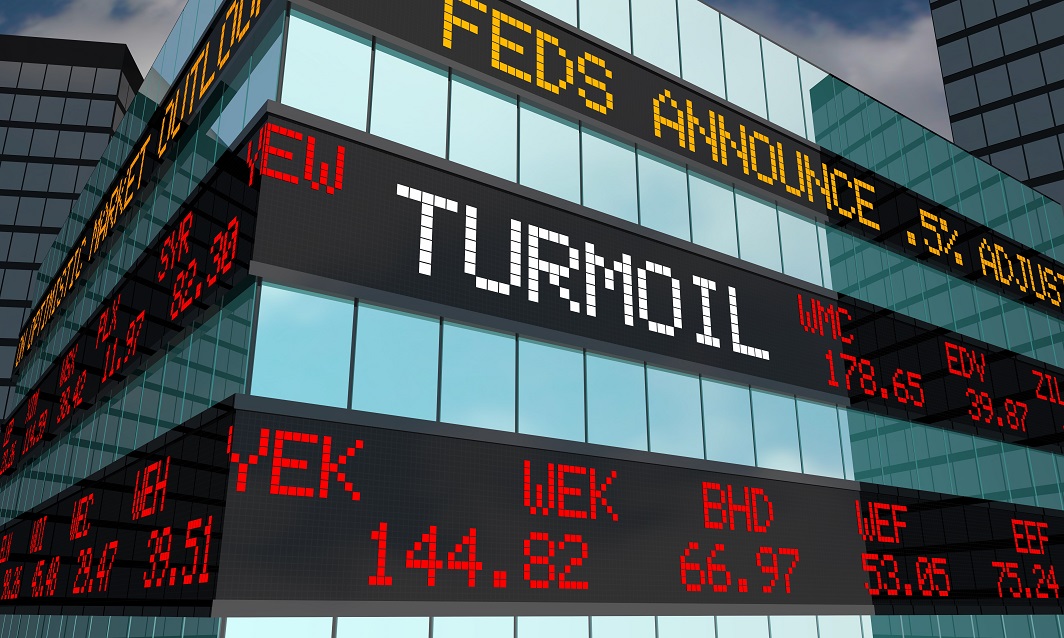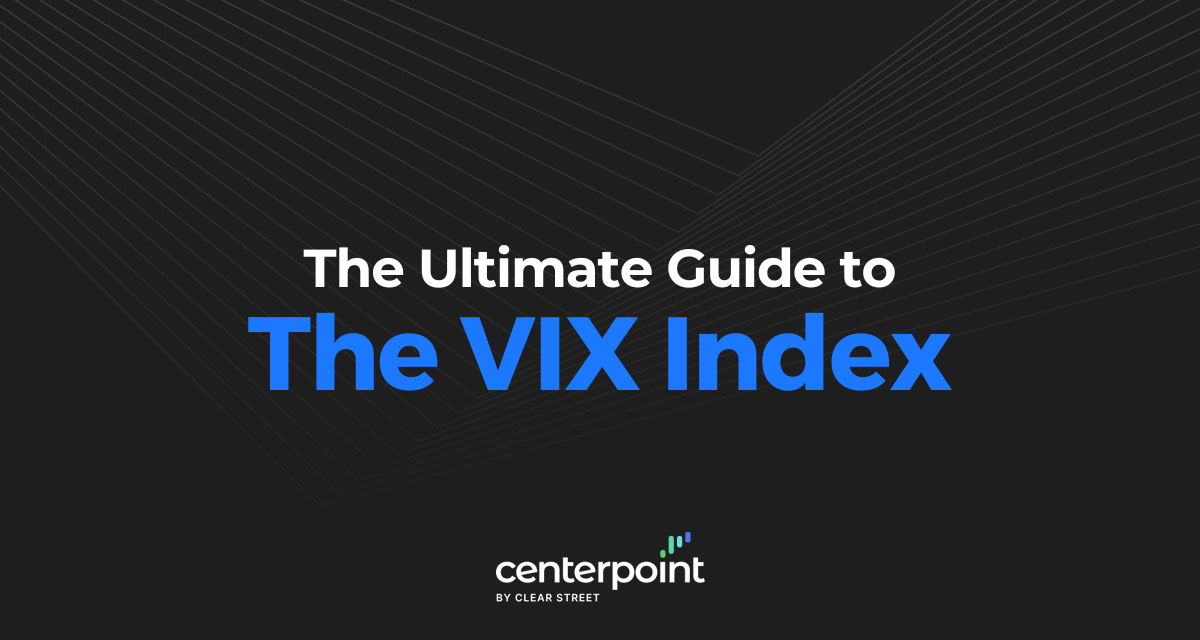What is the VIX Index and Why Does it Matter?
The VIX Index, also known as the CBOE Volatility Index, is a widely followed metric that measures the market’s expected volatility of the S&P 500 index. It is often referred to as the “fear index” because it tends to spike when investors are fearful or uncertain about the market’s direction. But how does the VIX work, and why is it so important for investors and traders to understand? The VIX Index has a rich history, dating back to 1993, and has become a crucial tool for investors seeking to gauge market sentiment and make informed investment decisions. By understanding the VIX, investors can better navigate market fluctuations, manage risk, and identify potential opportunities. In essence, the VIX Index provides a snapshot of market volatility, allowing investors to adjust their strategies accordingly. As such, it has become an indispensable component of modern investment analysis.
How the VIX is Calculated: A Deep Dive into the Formula
The VIX Index is calculated using a complex formula that takes into account the prices of options on the S&P 500 index. The formula is based on the concept of volatility, which is a measure of the expected fluctuation in the price of an asset over a given period. To understand how the VIX works, it’s essential to delve into the details of the calculation. The VIX formula uses a combination of options prices, volatility, and time to expiration to estimate the expected volatility of the S&P 500 index. The formula is as follows: VIX = √(Σ[P(i) \* Δi^2] / ΣΔi), where P(i) is the price of the i-th option, Δi is the time to expiration of the i-th option, and Σ denotes the sum of the terms. This formula provides a weighted average of the options prices, with more weight given to options with shorter expiration dates. By understanding the intricacies of the VIX formula, investors can gain a deeper appreciation for how the index works and how it can be used to inform investment decisions. For instance, when the VIX is high, it may
The VIX and Fear: How Emotions Drive Market Volatility
The VIX Index is often referred to as the “fear index” because it tends to spike when investors are fearful or uncertain about the market’s direction. But how does the VIX work in relation to emotions? The answer lies in the psychological aspect of the VIX. Fear and greed are two of the most powerful emotions that drive market behavior and volatility. When investors are fearful, they tend to become risk-averse, leading to a decrease in asset prices and an increase in volatility. On the other hand, when investors are greedy, they tend to take on more risk, leading to an increase in asset prices and a decrease in volatility. The VIX Index captures this emotional aspect of the market, providing a snapshot of investor sentiment. By understanding how emotions influence the VIX, investors can gain a deeper appreciation for how the index works and how it can be used to inform investment decisions. For instance, a high VIX reading may indicate a high level of fear in the market, which could be a sign of a potential buying opportunity. Conversely, a low VIX reading may indicate a high level of greed, which could be a sign of a potential selling opportunity. By recognizing the emotional drivers of the VIX, investors can develop more effective investment strategies that take into account the psychological aspects of the market.
How to Use the VIX in Your Investment Strategy
Understanding how the VIX works is crucial for investors and traders looking to navigate the complexities of market volatility. By incorporating the VIX into investment decisions, investors can gain a valuable edge in the market. So, how does the VIX work in practice? One way to use the VIX is as a sentiment indicator. When the VIX is high, it may indicate a high level of fear or uncertainty in the market, which could be a sign of a potential buying opportunity. Conversely, when the VIX is low, it may indicate a high level of greed or complacency, which could be a sign of a potential selling opportunity. The VIX can also be used as a volatility gauge, helping investors to adjust their investment strategies according to the level of market volatility. For instance, during periods of high volatility, investors may want to adopt a more conservative approach, while during periods of low volatility, they may want to take on more risk. Additionally, the VIX can be used as a tool for risk management, helping investors to identify potential risks and adjust their portfolios accordingly. By understanding how to use the VIX in investment decisions, investors can develop more effective strategies that take into account the complexities of market volatility.
The VIX and Other Market Indices: A Comparative Analysis
While the VIX Index is a unique measure of market volatility, it is often compared to other market indices to gain a more comprehensive understanding of market performance. Two of the most widely followed market indices are the S&P 500 and the Dow Jones. So, how does the VIX work in relation to these indices? The S&P 500 is a stock market index that tracks the performance of 500 large-cap companies in the US, providing a broad snapshot of the overall market. The Dow Jones, on the other hand, is a price-weighted index that tracks the performance of 30 large-cap companies in the US. Both indices are widely followed and provide valuable insights into market trends and sentiment. However, they differ from the VIX in that they are not specifically designed to measure volatility. Instead, they provide a general indication of market direction and performance. The VIX, by contrast, is a forward-looking index that provides a snapshot of expected volatility over the next 30 days. This makes it a valuable tool for investors and traders looking to manage risk and make informed investment decisions. By comparing the VIX to other market indices, investors can gain a more nuanced understanding of market dynamics and make more informed investment decisions. For instance, a high VIX reading may indicate a high level of fear or uncertainty in the market, which could be a sign of a potential buying opportunity. Conversely, a low VIX reading may indicate a high level of greed or complacency, which could be a sign of a potential selling opportunity. By understanding how the VIX works in relation to other market indices, investors can develop more effective investment strategies that take into account the complexities of market volatility.
Common Misconceptions About the VIX: Separating Fact from Fiction
Despite its widespread use, the VIX Index is often misunderstood, leading to misconceptions and myths that can impact investment decisions. One common misconception is that the VIX is a direct measure of market direction. However, this is not the case. The VIX is a measure of expected volatility, not market direction. Another misconception is that the VIX is only useful for short-term traders. While it is true that the VIX is a short-term volatility measure, it can also be used by long-term investors to inform their investment decisions. For instance, a high VIX reading may indicate a high level of fear or uncertainty in the market, which could be a sign of a potential buying opportunity for long-term investors. Additionally, some investors believe that the VIX is only useful during times of high volatility. However, this is not the case. The VIX can be used in all market conditions to inform investment decisions and manage risk. By understanding how the VIX works and separating fact from fiction, investors can make more informed investment decisions and avoid costly mistakes. For example, understanding that the VIX is a measure of expected volatility, not market direction, can help investors avoid making emotional decisions based on market fluctuations. By incorporating the VIX into their investment strategy, investors can develop a more nuanced understanding of market dynamics and make more informed investment decisions. So, how does the VIX work in practice? By understanding the VIX and its limitations, investors can harness its power to inform their investment decisions and achieve their financial goals.
The Future of the VIX: Trends, Predictions, and Implications
The VIX Index has undergone significant changes since its inception in 1993, and its future development is likely to be shaped by technological advancements, regulatory changes, and shifting market dynamics. One trend that is expected to continue is the increasing use of artificial intelligence and machine learning in VIX-based trading strategies. As AI-powered algorithms become more sophisticated, they are likely to play a larger role in analyzing and interpreting VIX data, enabling investors to make more informed investment decisions. Another trend that is expected to shape the future of the VIX is the growing importance of ESG (Environmental, Social, and Governance) considerations in investment decisions. As investors become more focused on sustainability and social responsibility, the VIX is likely to play a key role in measuring the volatility of ESG-themed investments. Regulatory changes are also likely to impact the VIX, with the ongoing implementation of the European Union’s MiFID II regulations expected to increase transparency and reduce costs for investors. Furthermore, the rise of decentralized finance (DeFi) and cryptocurrency markets is likely to lead to the development of new VIX-like indices that measure the volatility of these emerging markets. How does the VIX work in these new markets? As the VIX continues to evolve, it is likely to remain a crucial tool for investors and traders seeking to navigate the complexities of market volatility. By understanding the trends and predictions shaping the future of the VIX, investors can position themselves for success in an increasingly complex and dynamic market environment.
Mastering the VIX: Tips and Strategies for Investors and Traders
For investors and traders looking to harness the power of the VIX, it’s essential to develop a deep understanding of how does the VIX work and how to incorporate it into their investment strategy. One key strategy is to use the VIX as a sentiment indicator, monitoring its levels to gauge market sentiment and make informed investment decisions. For example, a high VIX reading may indicate a high level of fear or uncertainty in the market, which could be a sign of a potential buying opportunity. Another strategy is to use the VIX as a volatility gauge, adjusting investment portfolios to reflect changing market conditions. By understanding how the VIX works, investors can also develop effective risk management strategies, such as hedging against potential losses or adjusting position sizes to reflect changing volatility levels. To create a VIX-based trading plan, investors should start by setting clear goals and risk tolerance levels, then use the VIX to inform their investment decisions and adjust their strategy as market conditions change. Additionally, investors should consider using VIX-based options strategies, such as buying calls or puts on the VIX, to capitalize on changing market volatility. By mastering the VIX and incorporating it into their investment strategy, investors and traders can gain a competitive edge in the markets and achieve their financial goals.






